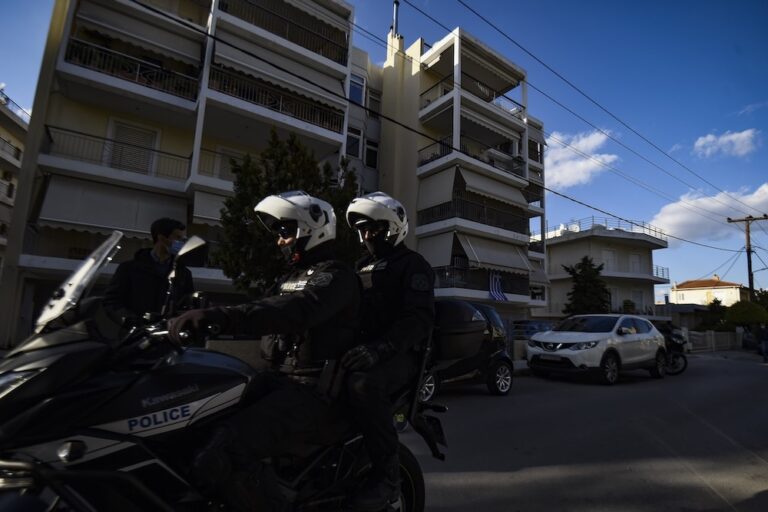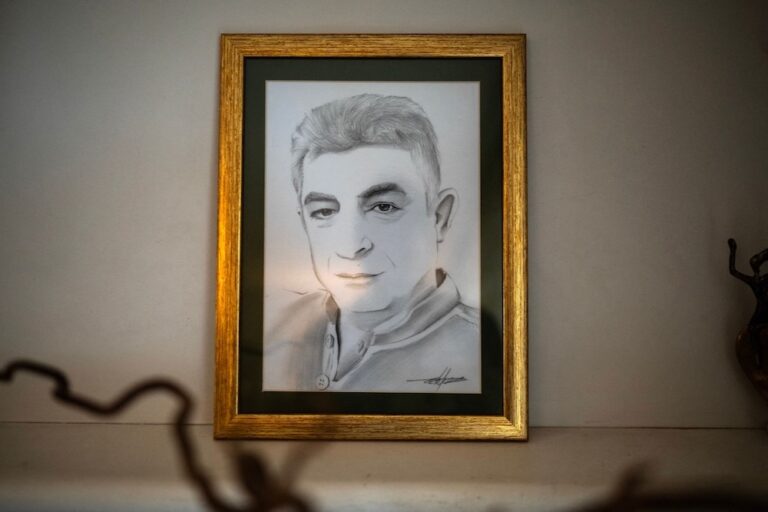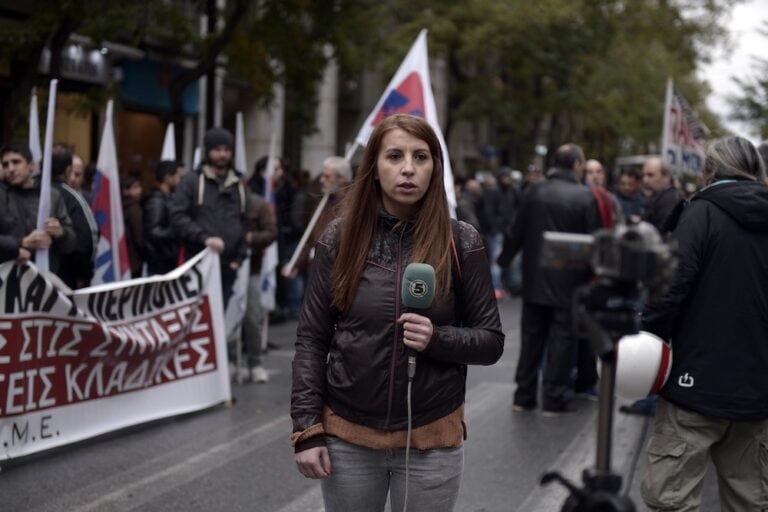(GHM/IFEX) – GHM condemns the partial censorship by Greek television stations of a Srebrenica atrocities video, shown repeatedly on 2 and 3 June 2005. The video’s opening scene, which features a Serbian Orthodox priest blessing paramilitaries who are later seen committing war crimes against Bosnian Muslims, was cut by all Greek television stations that aired […]
(GHM/IFEX) – GHM condemns the partial censorship by Greek television stations of a Srebrenica atrocities video, shown repeatedly on 2 and 3 June 2005.
The video’s opening scene, which features a Serbian Orthodox priest blessing paramilitaries who are later seen committing war crimes against Bosnian Muslims, was cut by all Greek television stations that aired the video, although it was aired uncut around the world the same day. The Greek stations presented the cut version to the public as being the complete version.
GHM notes that during the Bosnian war, the overwhelming majority of Greeks, including Greek media and politicians, sided with the Serbs in general, and with wartime Bosnian Serb leader Radovan Karadzic – now a fugitive from international justice- in particular.
It is widely believed that the “self-censorship” of the Srebrenica video is the result of the Orthodox Church’s powerful position in Greece. In his book, “Unholy Alliance: Greece and Milosevic’s Serbia in the Nineties”, independent journalist Takis Michas documents the pro-Serb, pro-Karadzic position of Greek public opinion, politicians and media, and the participation of a Greek volunteer force alongside Serbs in the Bosnian war and the Srebrenica atrocities.
It is not surprising then, that only one piece of criticism of this censorship is known to exist: a commentary piece with the title “My pretty ostrich”, in the 18 June 2005 edition of the “NTV” weekly TV guide of “Ta Nea” daily. The piece states, among other things, that “the revealing video . . . was shown censored and clumsily cut by absolutely all Greek television channels . . . what we saw only half of was shown in full by the televisions of all other European countries.”


